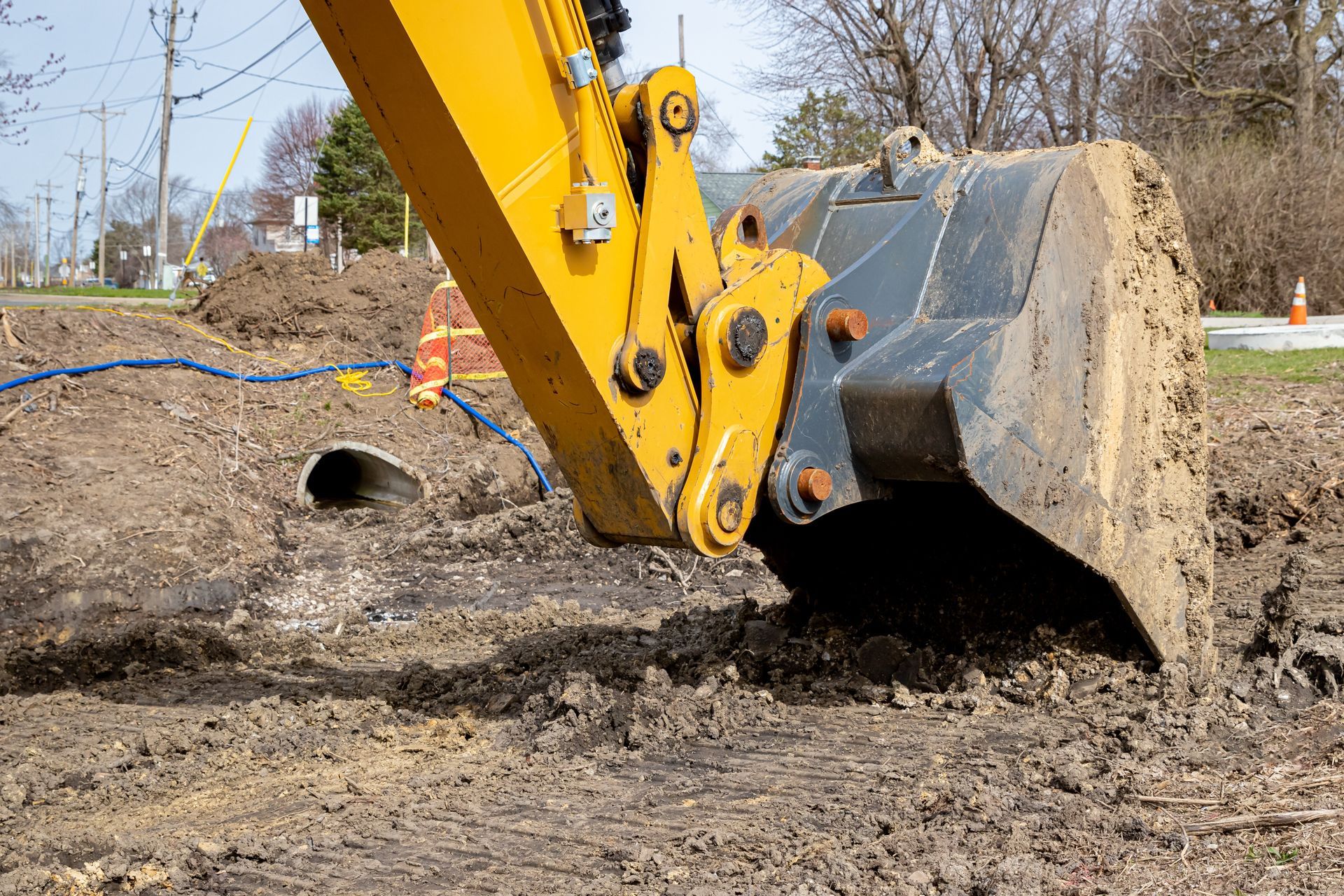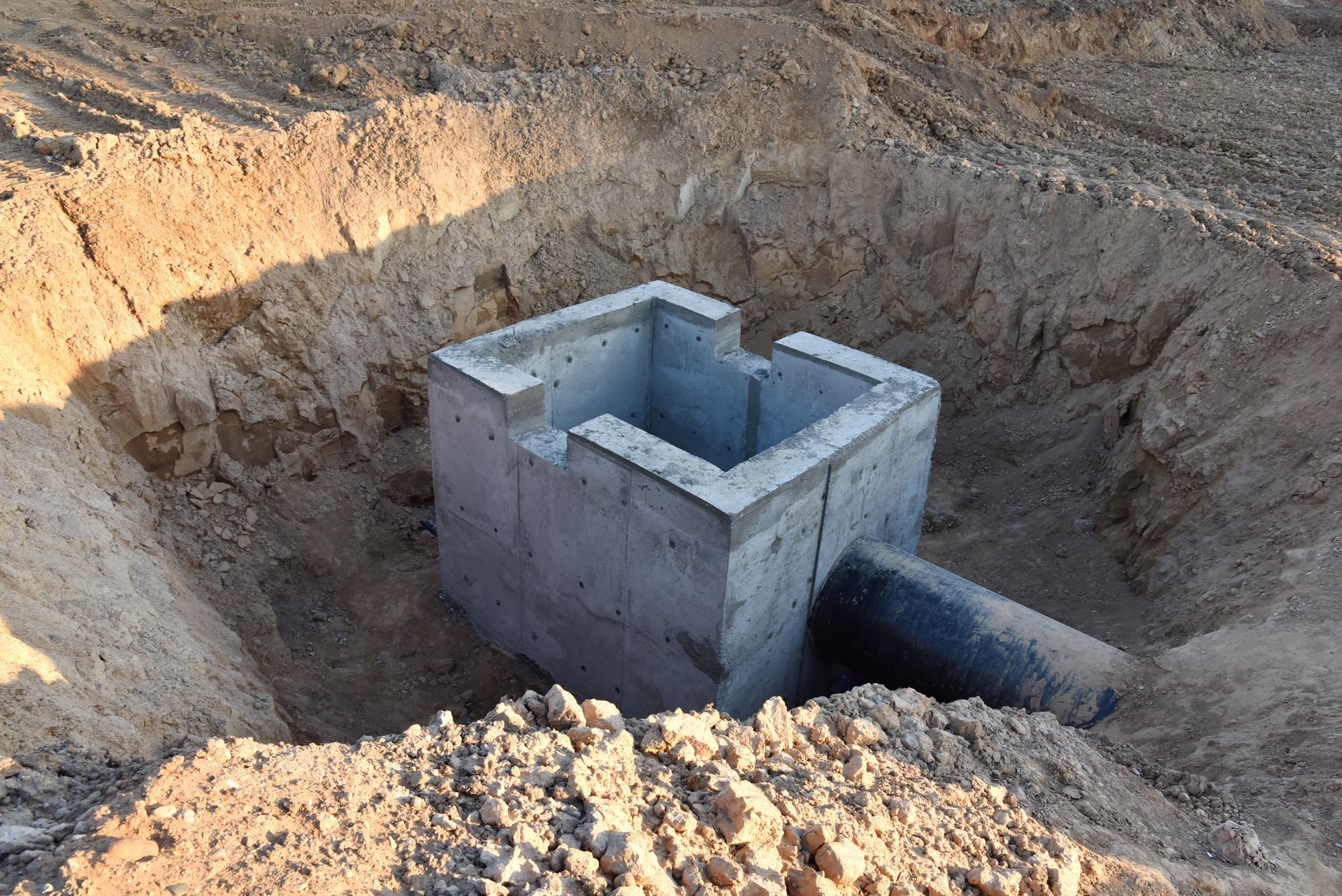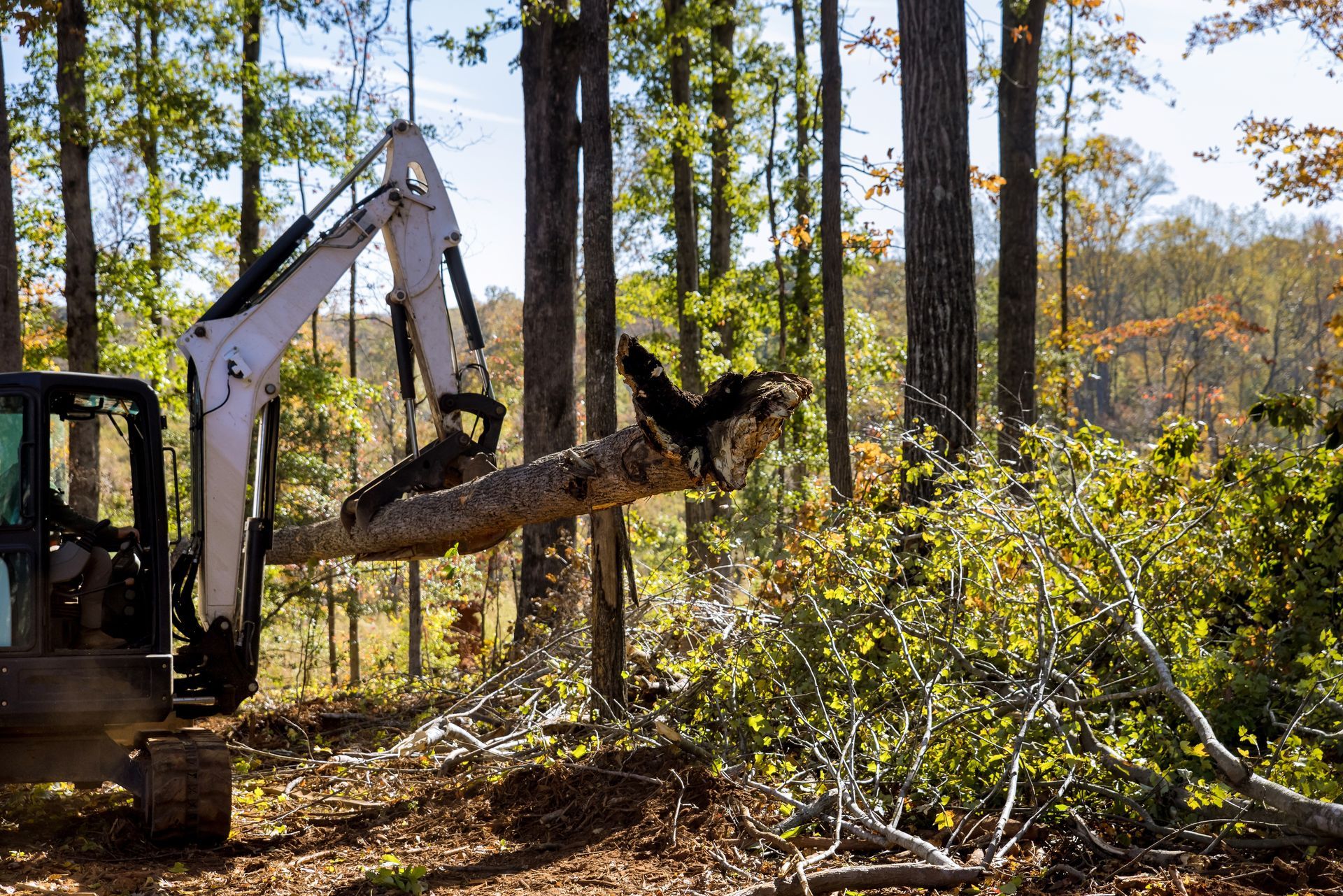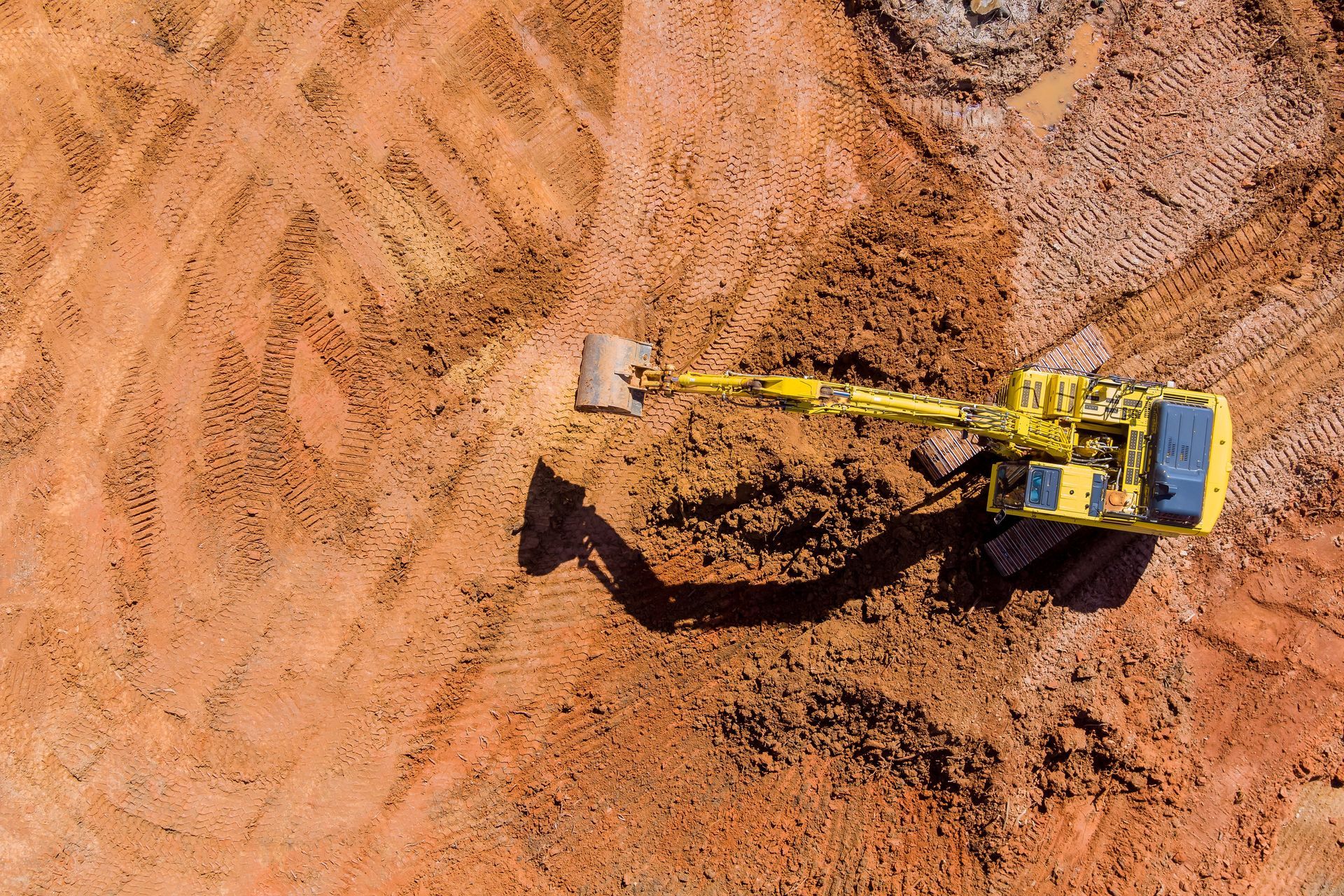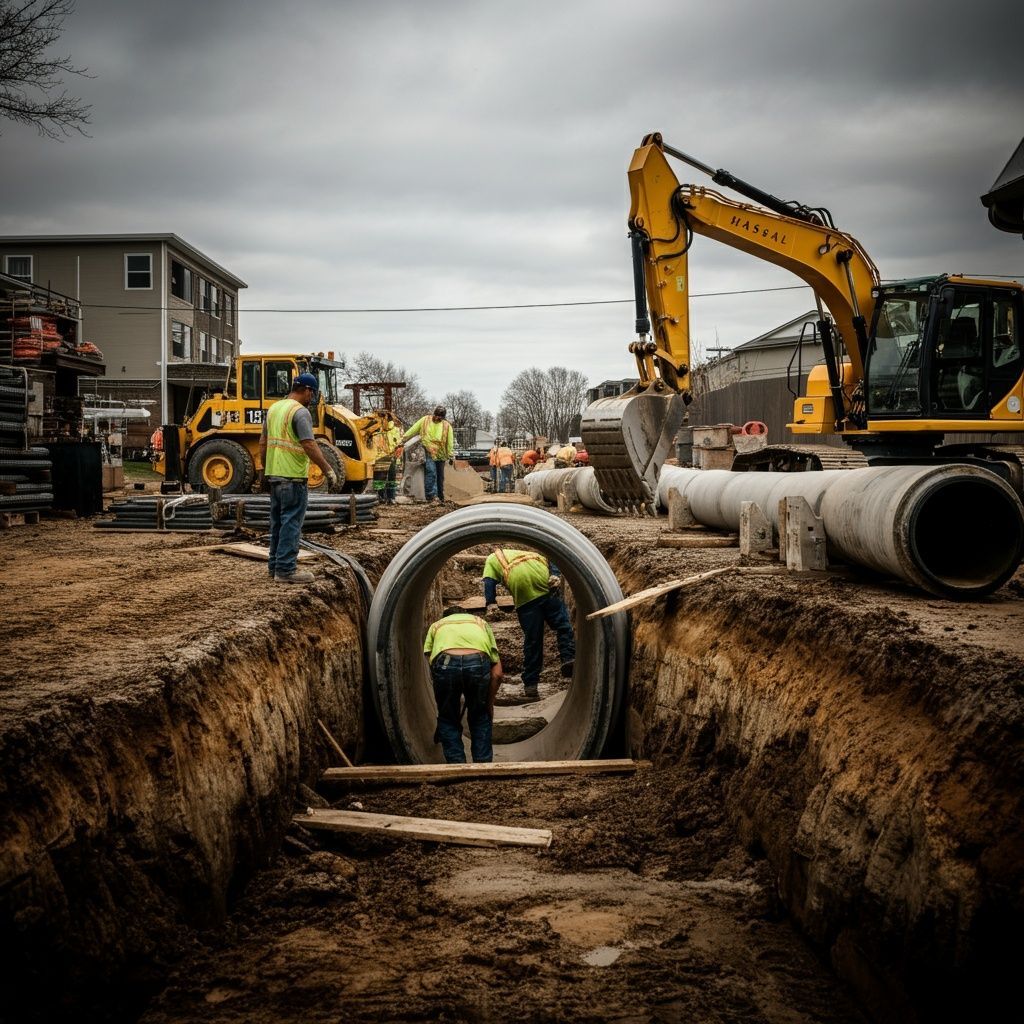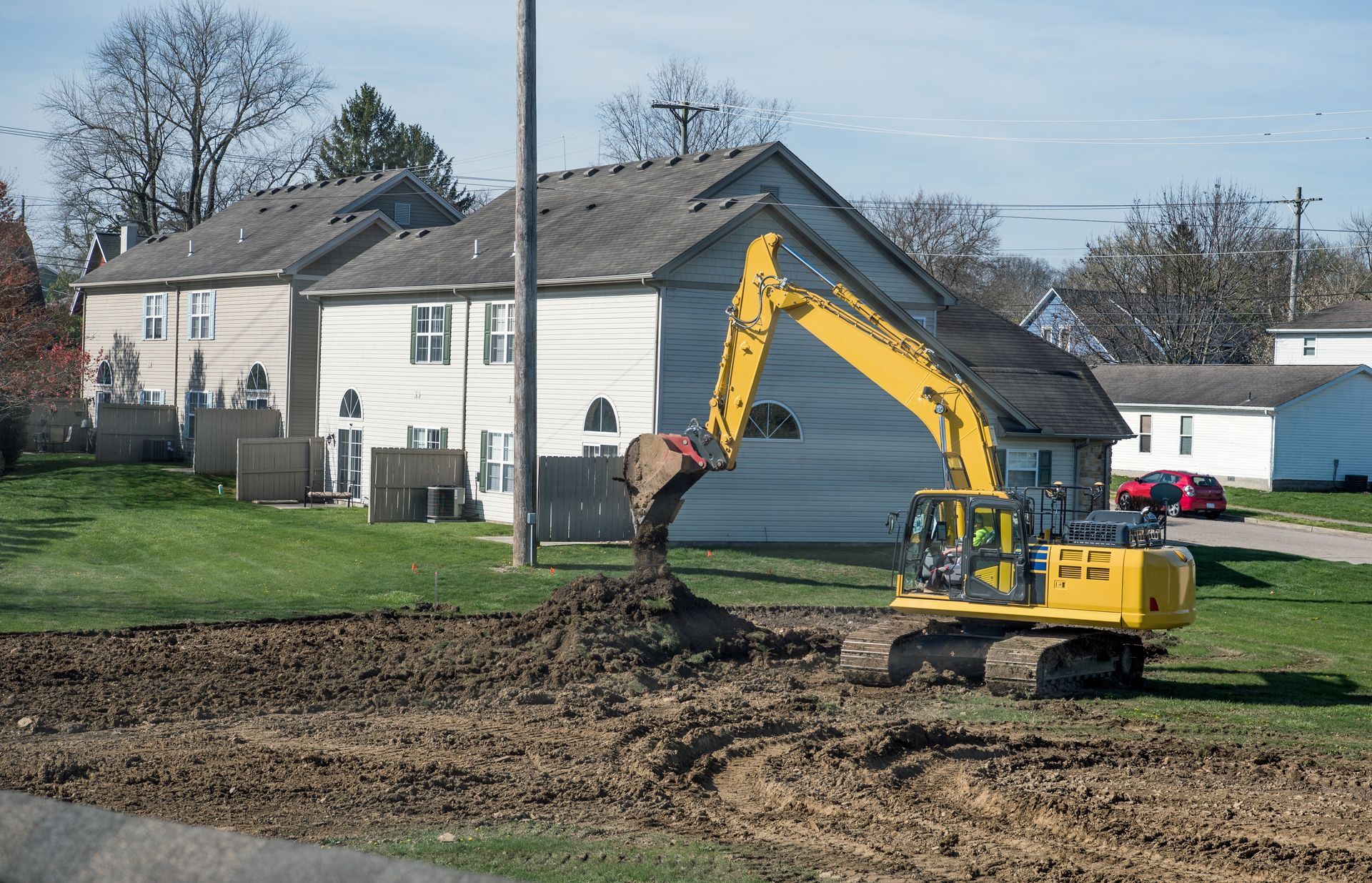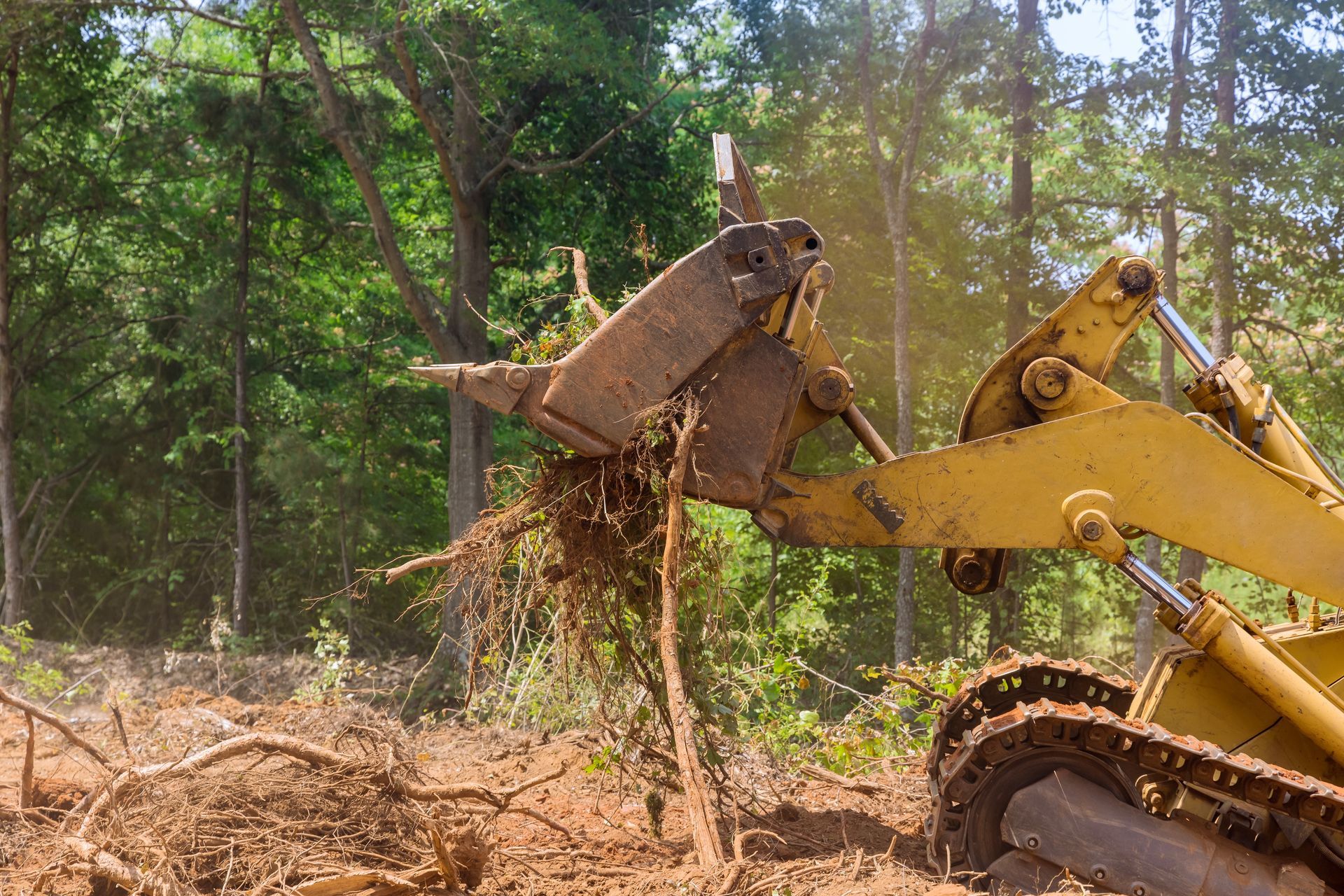The Role of Drain Fields in Your Septic System
Understanding the Heart of Your Septic System and How to Keep It Functioning Smoothly
Septic systems are an integral part of many homes, providing a reliable and efficient way to manage wastewater in areas without centralized sewer systems. One of the most critical components of this system is the drain field, sometimes called the leach field. While the septic tank often gets the spotlight, the drain field plays a vital role in ensuring your system functions effectively over the long term.
In this article, we'll explore what drain fields are, their purpose within a septic system, common problems they encounter, and essential maintenance tips to help homeowners keep their systems in optimal condition.
What Is a Drain Field?
A drain field is a network of perforated pipes buried underground, surrounded by gravel or other filtration material, and covered with soil. Its primary role is to safely distribute and treat the liquid effluent (wastewater) that flows out of the septic tank. After the septic tank separates solid waste from liquid, the remaining effluent is sent to the drain field for further treatment and absorption into the surrounding soil.
Key Functions of a Drain Field:
- Effluent Distribution: Evenly disperses the wastewater across the field to avoid pooling.
- Filtration: Allows microorganisms in the soil to break down contaminants, ensuring that the water reenters the groundwater system safely.
- Absorption: Prevents wastewater from accumulating on the surface, keeping your yard and home safe from contamination and foul odors.
How a Drain Field Works
The process begins in the septic tank, where solid waste settles to the bottom, forming sludge, and oils and grease float to the top as scum. The liquid layer, or effluent, is pushed out to the drain field whenever new wastewater enters the tank.
Once in the drain field, the effluent seeps out of the perforated pipes into the gravel layer. The gravel helps distribute the water evenly, while the soil below and around the field serves as a natural filter, removing bacteria, viruses, and other harmful substances before the water reenters the environment.
Common Drain Field Problems
Despite their importance, drain fields are not immune to issues. Many problems arise due to poor maintenance, overuse, or environmental factors. Here are some of the most common problems homeowners might encounter:
1. Clogged Pipes
Solid waste or debris from the septic tank can sometimes make its way into the drain field, clogging the perforated pipes. This blockage prevents effluent from dispersing properly, leading to pooling water or backups.
2. Soil Compaction
Heavy machinery or vehicles driving over the drain field can compact the soil, reducing its ability to absorb water effectively. This can cause effluent to rise to the surface, leading to unpleasant odors and potential health hazards.
3. Excess Water Usage
Using more water than your system is designed to handle can overwhelm the drain field. When this happens, the effluent doesn't have enough time to be properly filtered, which can result in untreated wastewater contaminating nearby water sources.
4. Tree Root Intrusion
Roots from nearby trees and shrubs can infiltrate the drain field, damaging pipes and reducing the system's efficiency. Once roots take hold, they can create blockages and disrupt the even distribution of effluent.
5. Aging Systems
Drain fields, like all infrastructure, have a finite lifespan. Over time, the soil and gravel can become clogged with organic material, reducing their ability to filter and absorb wastewater effectively.
6. Flooding or Saturation
Excessive rainfall or improper grading around the field can lead to flooding, saturating the soil and making it difficult for the effluent to disperse. This can result in backups in the home or wastewater pooling on the surface.
Signs of Drain Field Problems
Identifying drain field issues early can save homeowners significant time and money. Look out for these warning signs:
- Soggy or Spongy Ground: Patches of overly wet soil or pooling water above the drain field are a major red flag.
- Foul Odors: A persistent sewage smell near your yard or drain field often indicates effluent isn't being absorbed properly.
- Slow Drains: Consistently slow drainage throughout your home can suggest a clogged or failing system.
- Lush Vegetation: While healthy grass is normal, unusually green or rapidly growing vegetation over the drain field may indicate excess moisture or nutrient leaks.
- Septic Tank Backups: If wastewater backs up into sinks, showers, or toilets, your drain field might not be functioning correctly.
How to Maintain Your Drain Field
Proper maintenance is crucial for extending the lifespan of your drain field and avoiding costly repairs or replacements. Here are some practical steps homeowners can take:
1. Regular Septic Tank Pumping
Schedule regular pumping for your septic tank every 3–5 years, depending on usage. This prevents solids from building up and clogging the drain field.
2. Mind Water Usage
Spread out laundry loads and avoid using excessive water in short periods. Installing low-flow fixtures can help reduce overall water consumption.
3. Protect the Drain Field Area
Keep the drain field clear of heavy equipment, vehicles, and large structures. Avoid planting trees or shrubs nearby to prevent root intrusion.
4. Inspect Regularly
Periodically inspect the drain field for signs of issues like pooling water or foul odors. Catching problems early can save you from costly repairs.
5. Divert Rainwater
Ensure gutters, downspouts, and drainage systems direct water away from the drain field to avoid oversaturation.
6. Professional Inspections
Have a septic professional inspect your system annually. They can identify potential problems before they escalate.
When to Call a Professional
If you notice persistent issues with your septic system or suspect a drain field problem, don't hesitate to contact a professional. Attempting to fix drain field problems on your own can lead to further damage or even health risks.
At Sewer and Septic Solutions, we specialize in diagnosing and repairing drain field issues. From inspections to complete system replacements, our experienced team can help you maintain a reliable septic system for years to come.
Conclusion
The drain field is the unsung hero of your septic system, working silently beneath the surface to keep your home safe and sanitary. By understanding its role and taking proactive steps to maintain it, you can avoid costly repairs and ensure your septic system operates efficiently.
If you're experiencing any issues with your drain field or need routine maintenance, contact Sewer and Septic Solutions today. Our experts are here to help you protect your investment and maintain a healthy home environment.
Contact Us
Contact Us
